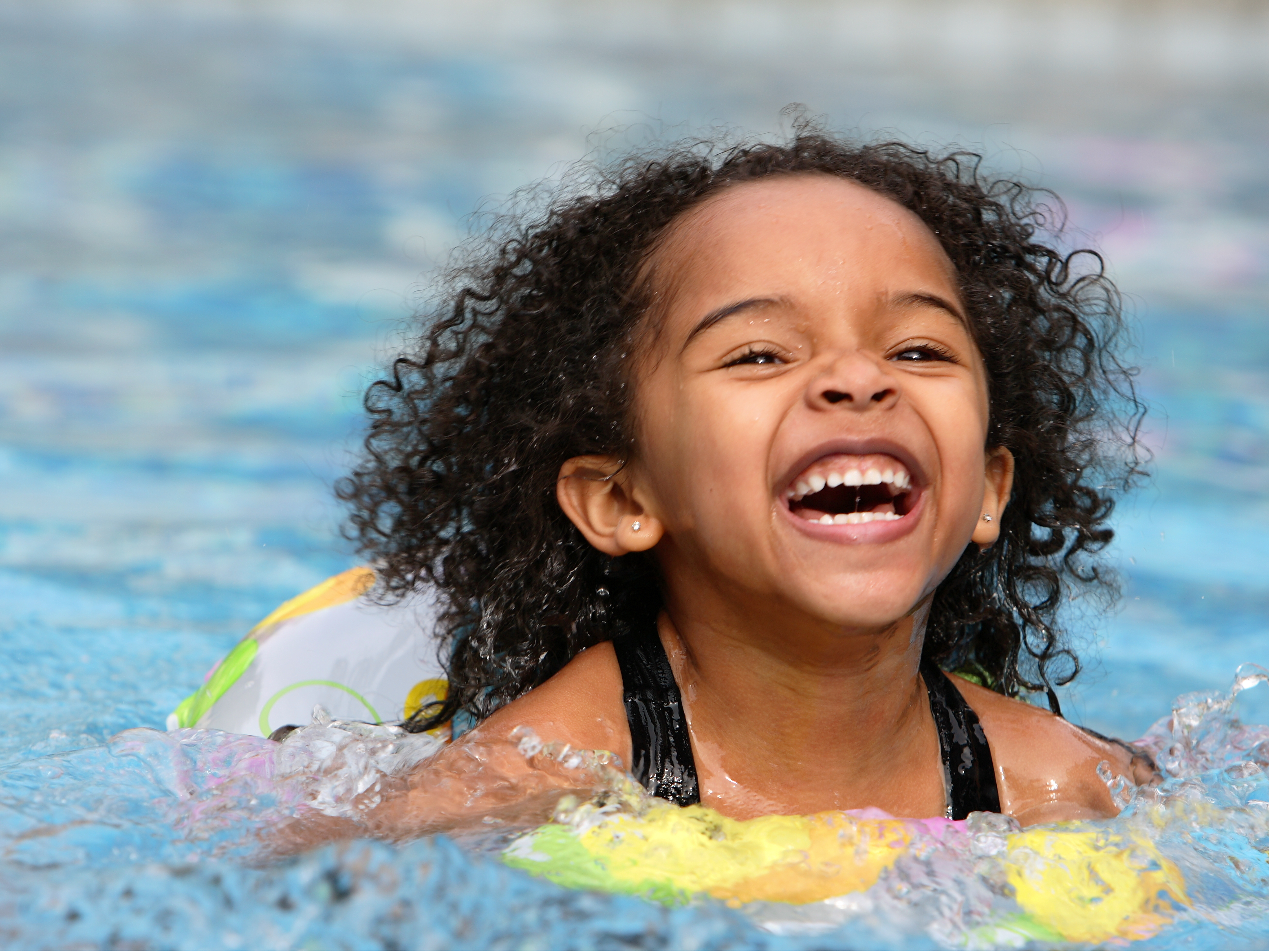It’s an important safety issue to review every summer, and this may be an especially good moment to brush up.
Anywhere there is water there is risk of drowning, especially for children.

As many as 69% of young children who are found drowned or submerged in swimming pools were not expected to be in or at the pool.
In the United States:
Every year in the United States there are an estimated:
AAP Drowning Prevention Campaign Toolkit
Boating Safety | National Safety Council
Drowning Prevention for Curious Toddlers: What Parents Need to Know
Infant Water Safety: Protect Your New Baby from Drowning
Keep Kids with Autism Safe from Wandering: Tips from the AAP
Pool Dangers and Drowning | AAP
Safety Barrier Guidelines for Residential Pools: Preventing Child Drownings
Swim Lessons: When to Start & What Parents Should Know
Cuyahoga County's Just in Time Training is a web based service program designed to connect foster parents, kinship or other caregivers with training, peer experts and other resources. Questions are answered and practical solutions to care for children are discussed - all from the comfort of your home or office.
If you have difficulty accessing any material on this site, please contact us in writing and we will work with you to make the information available. You can direct your request to JITSupport@USF.edu.